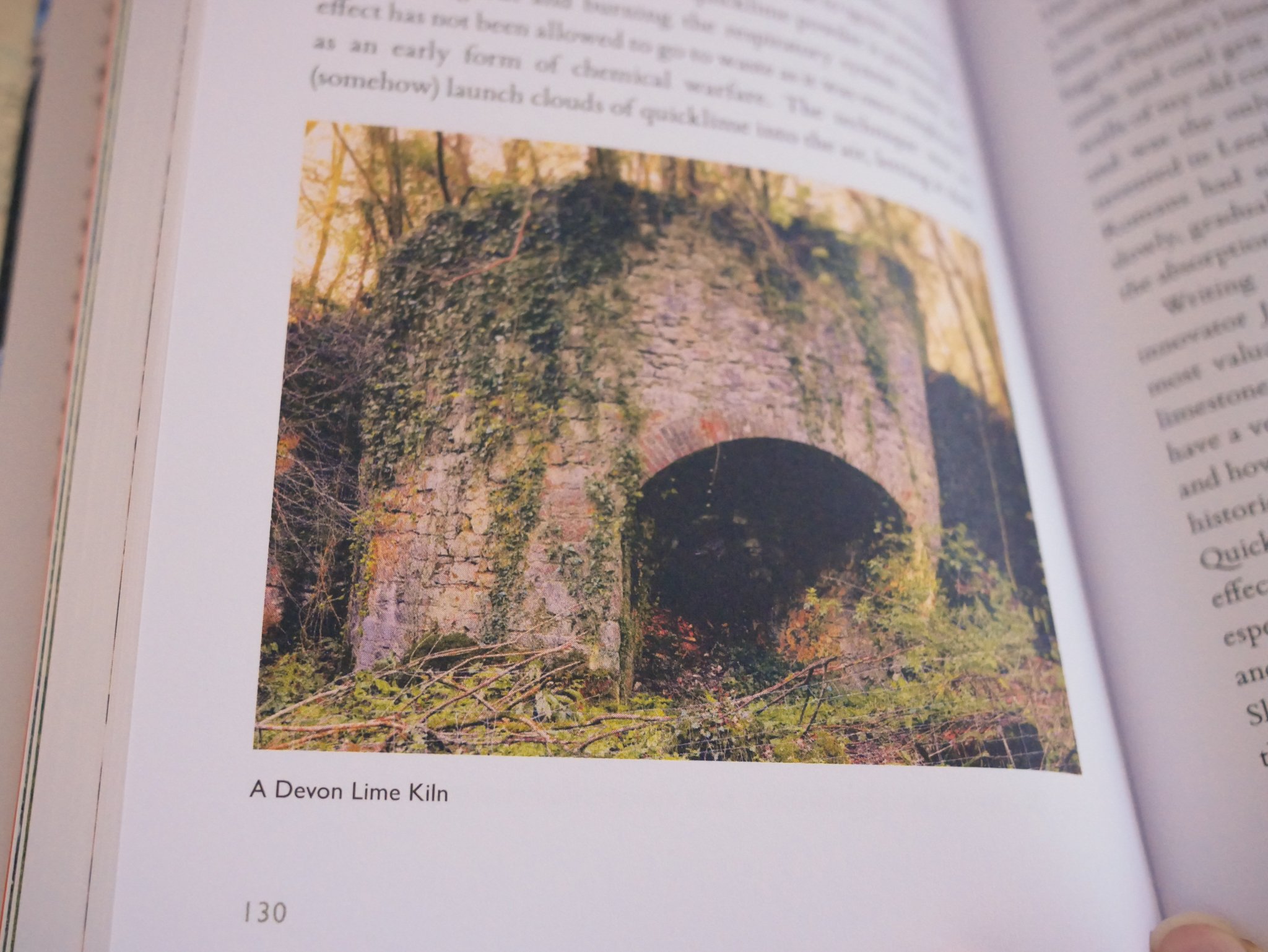Review: A Spotter's Guide to Countryside Mysteries
| This post is about a PR product |
I don't know about you, but every time I plan a walk I spend more time peering at the black letter features embedded into the countryside than actually planning. Like, what the hell are strip lynchets? As part of my job writing walking guides for others who like tramping around the British countryside finding moss-covered mile markers and marvelling at hollow-ways (but what's a hollow-way?), I often find myself in an internet-labyrinth of medieval earthworks, limestone equations and working out the busy schedules of trees.
So when Profile Books asked me if I'd like a copy of the newly published A Spotter's Guide to Countryside Mysteries, my first thought was Yes please! followed by, I've turned into my mother. Which is fine, because she's a walking countryside encyclopaedia and there are certainly worse things to become.

A Spotter's Guide to Countryside Mysteries
Written by John Wright, a naturalist who knows more about the English hedgerow than you do about yourself, A Spotter's Guide to Countryside Mysteries is broken down into short entries about all the mystifying things you're likely to spot whilst out rambling. In plenty of cases, you don't even have to be out on a walk to be face-to-face with them; fairy rings have long-mystified me – those dark circles in otherwise normal grass in parks. As kids, we used to think we could create them if we stood in a circle and said a spell. Of course, science is always more fascinating that superstition, and the truth is genuinely a marvel, as I've now discovered in this tremendous tome.
The book's broken down into areas of the countryside where you're likely to find interesting things: the Field, the Wood and the Seashore. Add in the mountain, the moorland and the Big Tesco and you've got a damn accurate tagline for Britain, come to think of it.
From sheep washes and village pounds to ha-has and clearance cairns, John describes the history of the human countryside in funny, conversational detail – a style that makes me wish he'd go on a walk with Bill Bryson and record it, because it would be brilliant.

When it comes to the weird and wonderful world of plants and their adjacent, fungi, nothing seems to be lacking. Pollarding, coppices and those thick bundles of sticks in trees that you know aren't birds nests but surely can't be a chance collection, are all things we see often but would struggle to explain to an inquisitive child. He explains the bizarre world of numerous types of fungi and moulds, many of which you'll likely have seen if you've spent much time exploring the landscape. Slime mould, I myself came into contact with recently.
One morning I looked out into the garden to see a bright orange...thing...on the wooden planter. It looked like expanding foam, but I have a fairly good grasp on the goings-on in my postage stamp garden and it was extremely unlikely someone had blobbed some expanding foam there. We stood around, casting theories. My strongest was this: perhaps a seagull had eaten something that disagreed with it, performed an emergency landing and vomited it up. My more practical partner decided to Google Lens it (I'm uncomfortable with using Google Lens as a verb but hey, language evolves) and it turned out to be a type of slime mould colloquially know as dog-vomit or dog-sick mould. This type of mould wanders about, like a triffid without the aggression, and disappears with the suddenness at which it arrived.
Like I said, weird and wonderful.
Who would love this book?
A Spotter's Guide to Countryside Mysteries is currently out in hardback and despite my arms-length attitude to Christmas, it'd make a really, really good Christmas present for anyone you know who goes out walking in the UK. Because it's broken down into short entries and has an index, it's easy to find what you're looking for, or just browse for intriguing snippets. There are photographs as well, peppered about, as describing these oddities definitely benefits from pictorial aids.
You can get a copy from any bookshop or keep an eye on my instagram because I'll be running a giveaway later this week and you might just be able to win yourself a copy! Also, pithy sayings aside, it really does have a beautiful cover.
If you want to support independent bookshops and me, you can buy the book through this affiliate link on Bookshop.org.
Got any countryside mysteries?
Let me know if you've spotted something weird and inexplicable while out on walks! Maybe we can piece together the truth. It doesn't have to be in the UK either, I'm always keen to hear about other countries' crazy landscapes.